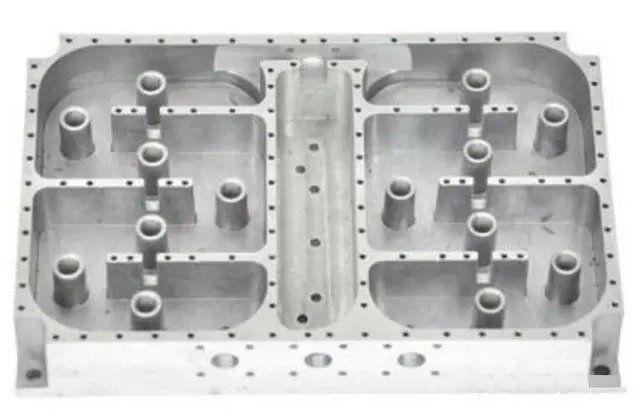Introduction
In the world of wireless communications, cavity filters play a critical role in ensuring clean signal transmission by selectively allowing desired frequencies to pass while rejecting interference. These high-performance RF components are essential in telecommunications, radar systems, satellite communications, and 5G infrastructure, where signal purity is paramount.
This article explores the working principles of cavity filters, their key advantages over other filter types, and their diverse applications across industries. Whether you're an RF engineer, network operator, or technology enthusiast, understanding cavity filters will help you appreciate their importance in modern wireless systems
How Cavity Filters Work
Cavity filters operate on the principle of resonant electromagnetic waves within precisely engineered metal cavities. These filters consist of:
Metallic enclosures (cavities) that act as resonant chambers
Tuning elements (screws or rods) for frequency adjustment
Coupling mechanisms that control signal input/output
When an RF signal enters the cavity, only frequencies matching the cavity's resonant frequency pass through efficiently, while others are attenuated. The quality factor (Q factor) of cavity filters—typically much higher than alternative designs—ensures sharp frequency cutoff and excellent out-of-band rejection.
Key Advantages of Cavity Filters
Superior Selectivity: Achieves steep roll-off at band edges (up to 100 dB/octave)
Low Insertion Loss: Typically 0.5-2 dB, preserving signal strength
High Power Handling: Can manage hundreds of watts in base station applications
Temperature Stability: Maintains performance across wide temperature ranges
Long-Term Reliability: No active components means minimal degradation over time
Applications Across Industries
5G Base Stations: Critical for band separation in massive MIMO systems
Avionics & Radar: Ensures interference-free operation in crowded spectra
Satellite Communications: Filters uplink/downlink signals in ground stations
Broadcast Television: Prevents adjacent channel interference
Military Systems: Provides secure, jam-resistant communications
Comparison with Other Filter Technologies
Feature | Cavity Filters | Ceramic Filters | SAW Filters |
Frequency Range | 100 MHz-40 GHz | 500 MHz-6 GHz | 10 MHz-3 GHz |
Q Factor | Very High (10,000+) | Medium (500-2,000) | Low (100-500) |
Power Handling | High (100W+) | Medium (10W) | Low (<1W) |
Size | Larger | Compact | Very Small |
Cost | Higher | Moderate | Low |
Innovations in Cavity Filter Design
Recent advancements include:
Dual-mode cavities that reduce size while maintaining performance
Automated tuning systems using precision robotics
3D-printed cavities enabling complex geometries
AI-optimized designs for customized frequency responses
Conclusion
As wireless networks become more complex and spectrum more crowded, cavity filters remain indispensable for ensuring signal integrity. Their unmatched combination of performance, durability, and precision makes them the gold standard for critical RF applications where filtering performance cannot be compromised.


